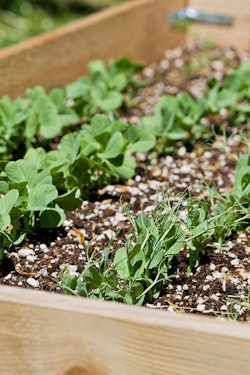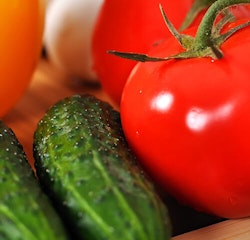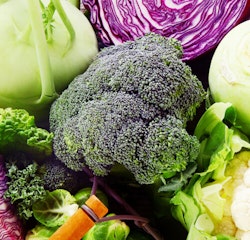 Be Inspired Blog - Arizona
Be Inspired Blog - Arizona

Succession Planting in Raised Garden Beds
Succession Planting
Simply put, it's a way to keep your garden productive longer.
1. Make a list of the vegetables you like.
2. Find out when they grow.
3. Make a plan- You will want to plant two or more crops in the same space at different times in order to maximize your garden’s yield. The goal is to plan so that your second crop succeeds the first as soon as possible after harvest.
Things to consider:

- The temperature requirements of each crop: Warm season crops - grow best when the air and soil temperature average 70 to 85ºF (21-29ºC); they should be protected from temperatures below 50ºF (10ºC) as they reach maturity. Cool season crops - grow best when the air and soil temperatures average 60 to 75ºF (15-24ºC); they will stop producing when daytime temperatures exceed 80ºF (27ºC).
- The number of days to maturity that each crop requires.
- The average daytime temperatures over the next 30 to 90 days, to make sure each crop reaches harvest in its optimal temperature range.
A common succession would be to plant a cool-season crop in early spring, following with a warm-season crop in late spring or early summer, and succeeding with another cool-season crop in mid- to late-summer.
Use average days to maturity for cool- and warm-season crops to plan succession crops. To get the most out of the growing season, put the first crop in as soon as possible in spring—setting out transplants or starts for some crops may be more speedy than sowing seed.

Warm-Season Crops for Succession Planting:
- Bush Beans: 45 to 60 days from planting seed
- Early Sweet Corn: 60 to 75 days from seeding
- Summer Squash: 45 to 50 days from seeding
- Tomatoes (early or determinate): 50 to 60 days from setting out plants

Cool-Season Crops for Succession Planting:
- Beets: 50 to 60 days from seeding
- Broccoli: 55 to 70 days from setting out plants
- Cabbage, Chinese: 45 to 60 days from setting out plants
- Cabbage, early: 40 to 50 days from setting out plants
- Carrots, baby types: 50 days from seeding
- Carrots, large varieties: 70 days from seeding
- Cauliflower: 45 to 60 days from setting out plants
- Leaf lettuce: 45 days from seeding
- Spinach: 40 to 50 days from seeding
Source: Steve Albert’ article, “Success Vegetable Crops for Spring.”
Want More?
For more information about how you can grow your own Tasty Garden, click the button below.

